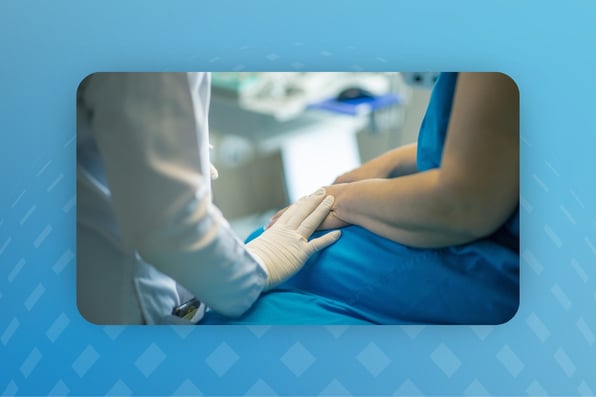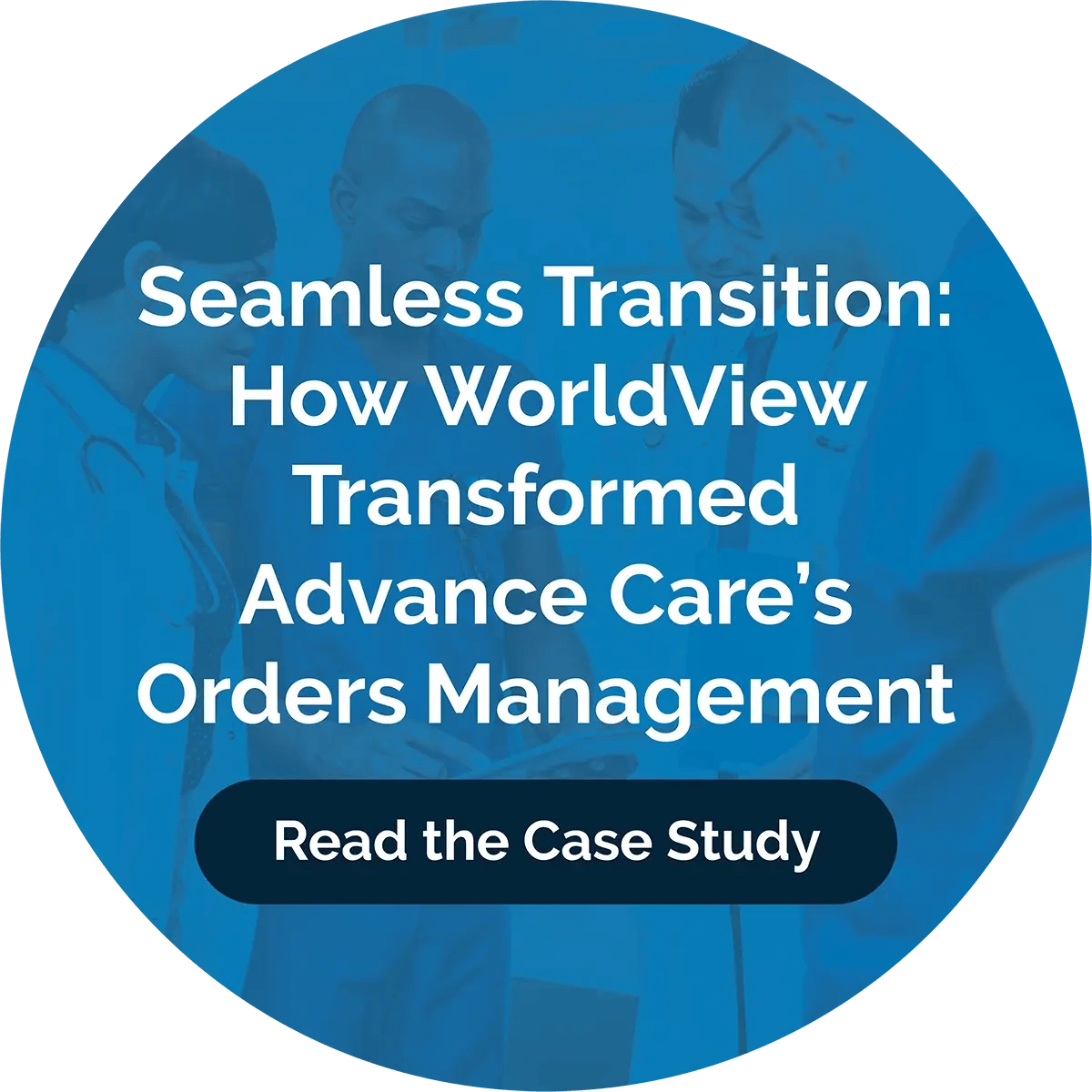Your Guide to PDGM in Home Health

The new Patient-Driven Groupings Model (PDGM) for home health came into effect in 2020, representing one of the biggest overhauls to Medicare payments in decades. Payment cuts in 2023 and 2024, and a proposed rule for 2025 suggesting additional decreases, force home health agencies to reconsider operations, billing practices, and the intricacies of patient care.
As home health care continues to change and face high demand with increased financial pressure—including staffing shortages and high labor costs—understanding PDGM guidelines is essential. Efficiency tools that simplify workflows are vital to maximizing the billing cycle and care planning under PDGM.
What Is PDGM in Home Health?
PDGM is a Medicare payment model for home health agencies. It focuses on patient characteristics rather than therapy volume, aiming to align reimbursement with patient needs and move toward value-based care.
This model features higher payments for complex patients and post-acute care using a case-mix approach rather than increased payments for more therapy. The case-mix groups patients based on the following:
- Admission source
- Episode timing
- Clinical grouping
- Primary diagnosis
- Functional impairment level
- Comorbidity adjustment
These categories create 432 possible case-mix scenarios, compared to the 153 options of the previous system. Agencies get a single payment for all supplies and services in 30 days instead of over 60 days, and the amount of therapy per patient no longer affects the reimbursement.
Key Impacts of PDGM on Home Health Agencies
PDGM represents major payment structure and home health changes that affect operations and billing, from timelines and coding to staff and workflows.
Billing Adjustments
PDGM means home health changes and significant billing adjustments. For instance, PDGM reduces the billing cycle from 60 to 30 days, which means agencies will need to contact physicians sooner after admission and more often for certification, plan of care, and orders than before.
In addition, PDGM requires a primary diagnosis, which determines the clinical grouping necessary for each 30 days. Not all diagnoses are acceptable under PDGM, though, and an unacceptable diagnosis will not be assigned to one of the clinical groups.
These diagnoses are typically ICD-10 codes ending in nine or beginning with R, which indicate nonspecific symptoms or conditions. To avoid missed payments and significant disruptions to cash flow, agencies have to alter their billing workflow and pay careful attention to coding to prevent mistakes.
Operational Changes
The PDGM system also affects episode timing, but it doesn’t change the requirements for face-to-face visits and certifications. PDGM classifies timing as early or late. The first 30-day period is early, while every 30-day period in the sequence after that is late.
Within these sequences, physicians may need to consider the frequency of visits. For instance, a typical four visits in 60 days will become four in 30 days, which may not be possible with a high patient load.
This also means that staffing and workflows will need to change to meet the requirements. Staff will have to closely track physician orders to make sure they’re completed on time for the payment cycle, which may mean more follow-ups with physicians and admin work.
Challenges Agencies Face Under PDGM
PDGM presents several challenges for agencies, including adapting to tighter billing timelines with the same document requirements and understanding ICD-10 requirements. Agencies may need to provide more training to help staff learn and use ICD-10 coding.
Similarly, agencies need accurate patient data and documentation to avoid claim denials because of coding issues or missing documents. Otherwise, errors could have a profound impact on revenue and billing.
In addition, agencies focusing on PDGM home health wound care may need to reconsider referral sources. Wounds from hospitals or institutions are more complex than those from primary care, so they may provide higher revenue.
Other characteristic groups like comorbidities will also require in-depth understanding and reporting to reflect the complexity of wound care. PDGM rewards complex care, and documents must reflect patient health to secure appropriate payment.
How WorldView Supports the PDGM Shift
The transition to PDGM calls for a new approach and innovative tools to help streamline routine procedures and document collection. WorldView’s healthcare solutions can help your agency track orders, automate document collection, and enhance compliance.
Mobile features allow staff to capture documents and signatures, update records, and attach wound photos in the field. This means your agency can deliver results on the go with precision and security.
In addition, automated physician order tracking eliminates manual processing and streamlines the order process with automatic updates, follow-ups, and routing to billing after sign-off. Physicians can e-sign from any mobile device, simplifying the order and compliance process.
Best Practices for Success Under PDGM
Short pay cycles and a high documentation burden mean agencies need to adopt forward-thinking tools and strategies to help increase efficiency in their workflows. Along with software, a few best practices can help you optimize operations for an easier transition to PDGM:
- Embrace automation to eliminate redundant tasks
- Use electronic documents to streamline data capture
- Focus on patient-centered care planning
- Ensure accurate and timely documentation
Explore WorldView Solutions
PDGM is transforming the home health care industry, focusing on patient-centered care. But with those changes come complex new reimbursement structures that require efficiency for profit. Solutions like WorldView help agencies adapt to a new landscape with flexible automated tools for fewer errors, faster patient intake, and enhanced care. Schedule a demo to learn more.
Get Awesome Content Delivered Straight to Your Inbox!
Posts by topic
- Healthcare
- Business
- AI
- Hospice
- AP Workflows
- Home Care Management
- hospice-care
- General
- Industry Insights
- agency
- Blog
- Commercial
- reporting
- Data Analytics
- billing
- referrals
- News
- Referral AI
- business goals
- Operations
- business development
- partners
- Integration
- Healthcare Trends
- leadership
- Medicare
- Compliance
- audit
- medicaid
- Better Charting
- regulations
- Application
- Automation
- finance
- CRM
- DMSi
- Events
- KanTime
- Press Release
- Revenue Growth
- Announcements
- Artificial Intelligence
- EHR
- ESign
- Guides
- Homecare Homebase
- Mobile
- Physician Order Tracking
- axxess
- clinical
- interoperability
- payor See All See Less


.png?width=596&name=WV%20Hc%20Clinical%201%20Web%20(3).png)
.png?width=596&name=WV%20Hc%20Clinical%201%20Web%20(2).png)
.png?width=596&name=WV%20Hc%20Clinical%201%20Web%20(5).png)